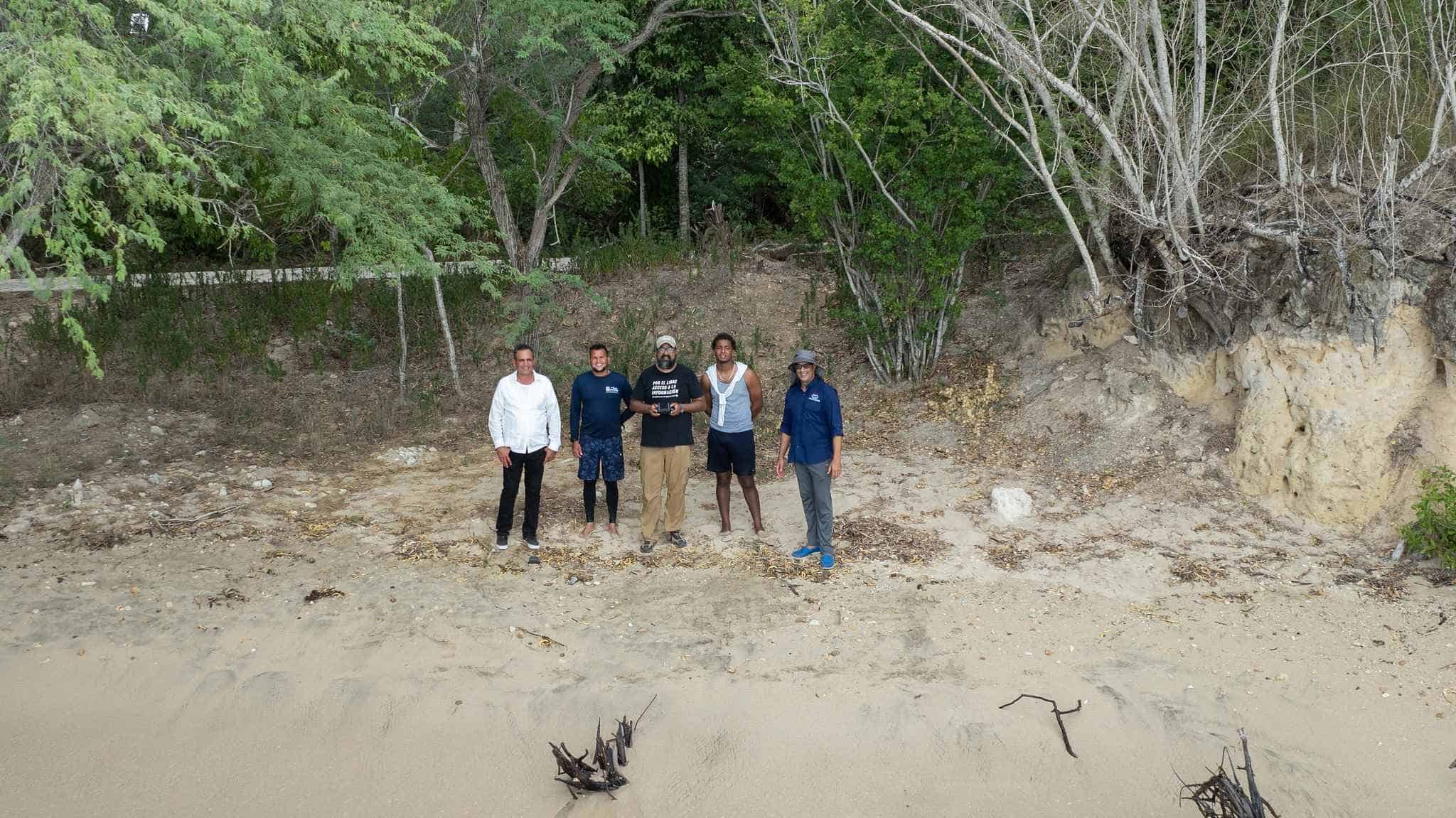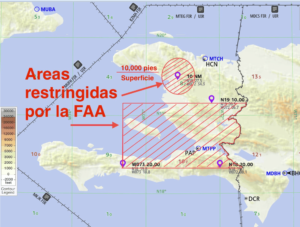
Dominican Republic advances in the protection of manatees Antilleans through an acoustic monitoring project, led by a collaborative effort between international and local entities.
This investigation pioneer seeks to obtain vital data on the health, behavior and ecology of this species in critical condition both in captive populations and in the wild.
In the investigation Mote Marine Laboratory of Florida participates; the National Maritime Affairs Authority (Anamar); he National Aquarium and the Dominican Foundation for Marine Studies (Fundemar), with the support of the Vice Ministry of Protected Areas of the Ministry of the Environment.
Acoustic technology for monitoring manatees
In it National Aquariumresearchers are using advanced equipment, such as Tascam DR-05 recorders and CRT hydrophones, to capture the vocalizations of a captive manatee.
According to the Aquariumthese recordings not only allow us to understand the animal’s communication patterns, but also help correlate vocal activity with indicators of health and well-being. This monitoring is essential to improve the management of manatees in captivity, providing crucial data for their care.
On the other hand, Fundemar and Anamar On Saturday, October 12, five Audiomoth devices were deployed in key natural habitats, with the support of the Ministry of the Environment, hoping to systematically record the sounds emitted by manatees wild in places where their presence has been recorded, both in the National Census of Manatees of 2022 as in the Photo Identification project of Manatees of 2024 carried out by Fundemar.
During 48 hours, three devices were installed in Luperón Bay and two in front of the La Isabela Historical Park. Between the five devices, nearly 14,000 minutes of audio were recorded beneath the surface, which will be analyzed in the coming weeks. Between both locations, seven manatees a few meters from the devices.
Ecological and cultural importance of the Manatee
Jimmy García, director of the Anamarhighlighted the ecological and cultural importance of the manatee in the country, pointing out that this key species for marine ecosystems helps maintain the balance of underwater meadows, essential for coastal biodiversity.
“The national census of manatees reports a population of around 110 individuals on our coasts, which underlines the importance of redoubling efforts for its conservation,” García added.
Furthermore, he explained that the sounds emitted by the manatees They are essential in their communication, especially between mothers and offspring, as well as during reproduction.
In collaboration with the Mote Marine Laboratory, the country has initiated a project investigation focused on the communication of these animals, with the help of specialized equipment such as Tascam recorders and hydrophones, as well as AudioMoth acoustic recorders, used both in captivity and in wild habitats.
Jean Pedro: The Rescued Manatee Under Study
One of the most notable cases is the monitoring of Jean Pedro, a manatee rescued in 2023, in the National Aquarium. Using recording equipment, researchers have captured their vocalizations during periods before and after their meals. These records include not only the characteristic “screeches” of the manateesbut also other sounds such as burps, which will help scientists better understand their behavior and health status.
International Collaboration
Rita Selllares, director of Fundemar, expressed that these collaborative studies contribute significantly to the understanding of the manatees and strengthen conservation efforts at the national and regional level. “These investigations allow us to have a greater understanding of this species in critical condition, contributing both at a national and regional level to its conservation,” highlighted Selllares.
As acoustic monitoring efforts advance, the Dominican Republic positions itself as a key player in the global protection of manatees. The use of cutting-edge technologies and international collaboration are setting a new course in the conservation of this vulnerable species, ensuring their survival and the balance of the marine ecosystems in which they live.

Eric Ramos, postdoctoral researcher at Mote Marine Laboratory, told Diario Libre: “The use of acoustic technologies in the study of manatees “It allows us not only to detect their presence, but also to better understand their behavior and communication in a natural environment.”
“These technological advances open new possibilities for investigation and conservation of manateesallowing us to capture details that were previously inaccessible. This information is vital to design more effective conservation interventions adapted to the specific needs of the animals. manatees in different environments,” added the researcher.



